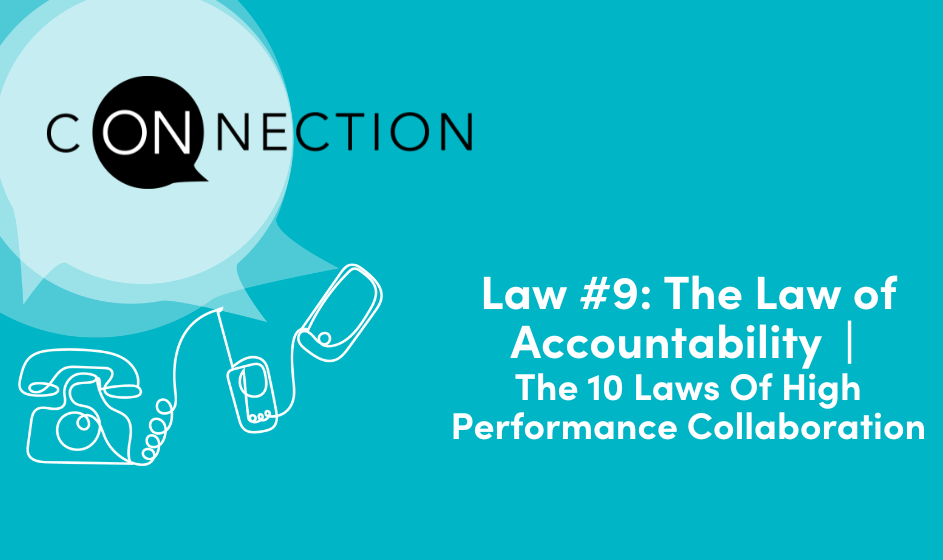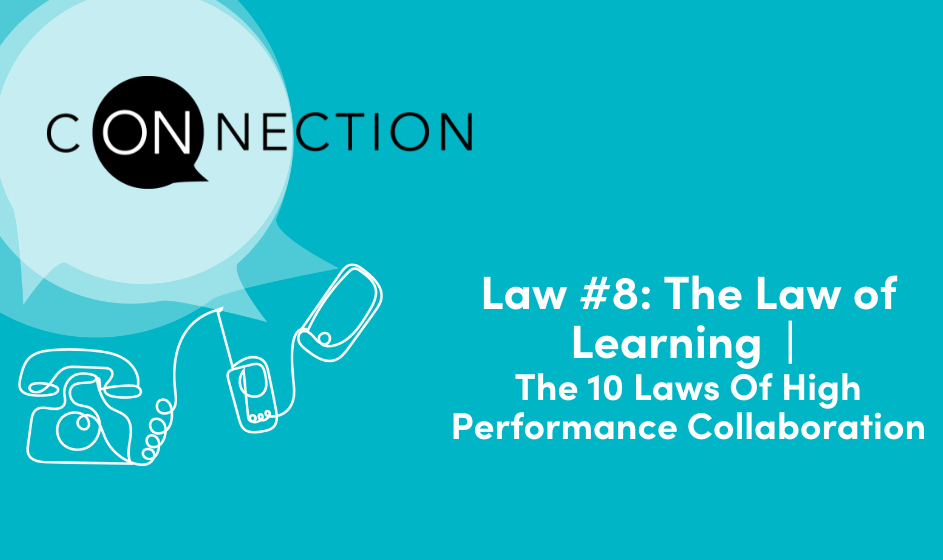Building Habits Of Authentic Feedback For High-Performing Team and Cross Functional Collaboration
“Unexpressed expectations are resentment under construction.”—Anne Lamott
Every leader wants a team that’s adaptable, motivated, and consistently delivering results. Yet too often, feedback is given sporadically or in ways that breed defensiveness and fear. The truth is, authentic and productive feedback needs to be a daily habit if you want to improve cross functional team collaboration, and individual contribution, so your people can learn quickly, correct mistakes early, and tap into their highest potential.
Below are practical principles and tools any leader can adopt to improve their executive leadership coaching skills:
Principle 1: Presence Over Preconception
When leaders are truly present—alert to what’s happening right now, rather than dwelling on past frustrations or future anxieties—they create a calmer atmosphere where feedback is less threatening, and improve their own decision-making effectiveness.
- Try This: Before a feedback session, pause for a quick mental reset. Notice your physical state, any emotional tension, and your key priorities. By recalibrating yourself in that moment, you enter the conversation free of bias and firmly connected to the team’s real needs.
Principle 2: Empathy Fuels Honesty
Empathy doesn’t mean avoiding tough topics; it means first showing you grasp someone’s challenges and goals. Once people sense you “get” them, they’ll be more open to your observations.
- Try This: Begin by stating a shared outcome you both value (e.g., on-time delivery). Then acknowledge a piece of their world: “I see you’ve been balancing multiple deadlines this month.” This simple gesture lowers defenses and makes it easier to address what’s not working.
Principle 3: Purpose-Driven Feedback
People need to know why feedback matters. If the “why” is unclear—like improving a collective goal—comments can feel like nitpicking. Tying feedback to a bigger purpose fosters buy-in and reminds everyone how their growth serves the team, improving how the team works together and building cross-functional team collaboration
Principle 4: Make Authenticity Non-negotiable
Authenticity isn’t just blurting out unfiltered thoughts; it’s delivering the truth in a way that serves shared objectives. If people sense an ulterior motive—like blame-shifting or personal grandstanding—they’ll either tune out or push back.
- A Powerful Leadership Tool – The Conversation Meter:
Picture a scale from 0 to 100 measuring the quality of any discussion:- 0–25 (Pretense): Withheld concerns or disguised criticisms.
- 26–50 (Sincerity): Genuine opinions, but little openness to others’ viewpoints.
- 51–75 (Accuracy): Fact-based discussion and true curiosity about different perspectives.
- 76–100 (Authenticity): Candid dialogue aligned with common goals and respectful of all inputs.
When your feedback exchange drops below 50, pause to check assumptions, highlight data, or pose clarifying questions. That shift keeps conversations real and respectful rather than combative.
- Try This: Use an “I notice…I wonder” approach in tough discussions. “I notice our milestones keep slipping. I wonder if the resource mix is off?” This direct-yet-exploratory style helps maintain authenticity and moves the discussion upward on the meter.
Principle 5: Short-Cycle Feedback Beats Surprises
Saving feedback for annual reviews fosters dread or denial. More frequent loops allow small issues to get fixed fast—and big wins to be celebrated in real time. This creates a learning environment where continuous improvement is simply how things are done.
- Try This: Schedule 1-on-1 check-ins weekly or bi-weekly. Focus on what’s working and what can be improved. Wrap up with one practical action each time so individuals leave with clarity and feel empowered to make decisions.
Practical Tools to Support Authentic Feedback
- The Appreciation Audit
Encourage everyone (including yourself) to notice at least one positive contribution per day. This pushes back on a negativity bias that can creep into feedback. When people feel seen, they become more receptive to areas needing adjustment.
- The Curiosity Challenge
Invite team members to replace assumptions with open-ended questions before giving or receiving feedback. For instance: “What led you to choose that method?” or “Is there any constraint I’m not aware of?” Genuine inquiry lowers defensiveness for both sides.
- The Adjust Protocol
After major milestones—or when facing friction—use a quick cycle of: Diagnose (what happened?), Predict (what’s likely next?), and Prescribe (what can we do differently?). This structure ensures any lessons turn into tangible improvements rather than vague acknowledgments.
Establishing Feedback as a Collective Habit
When leaders consistently apply these principles—tying each conversation to empathy, clarity, and a clear sense of purpose—feedback stops feeling sporadic or risky. It becomes the fuel for steady improvement and meaningful growth. Teams become more nimble, catch mistakes earlier, and celebrate successes in the moment.
Of note, these feedback habits are often the foundation for many of the best executive leadership coaching programs.
Putting It into Practice
Start small. Pick one approach—a weekly check-in, a shared-problem-solving format, or an “I notice…I wonder” question—to introduce immediately. The more you ground each feedback moment in presence, empathy, and authenticity, the more you’ll see your culture shift. Over time, feedback becomes the lifeblood of performance rather than a dreaded event, sparking truly high-level collaboration and development across your entire team.
And in the end, you will organically build many team principles that exist in the top change leadership programs in the world.




